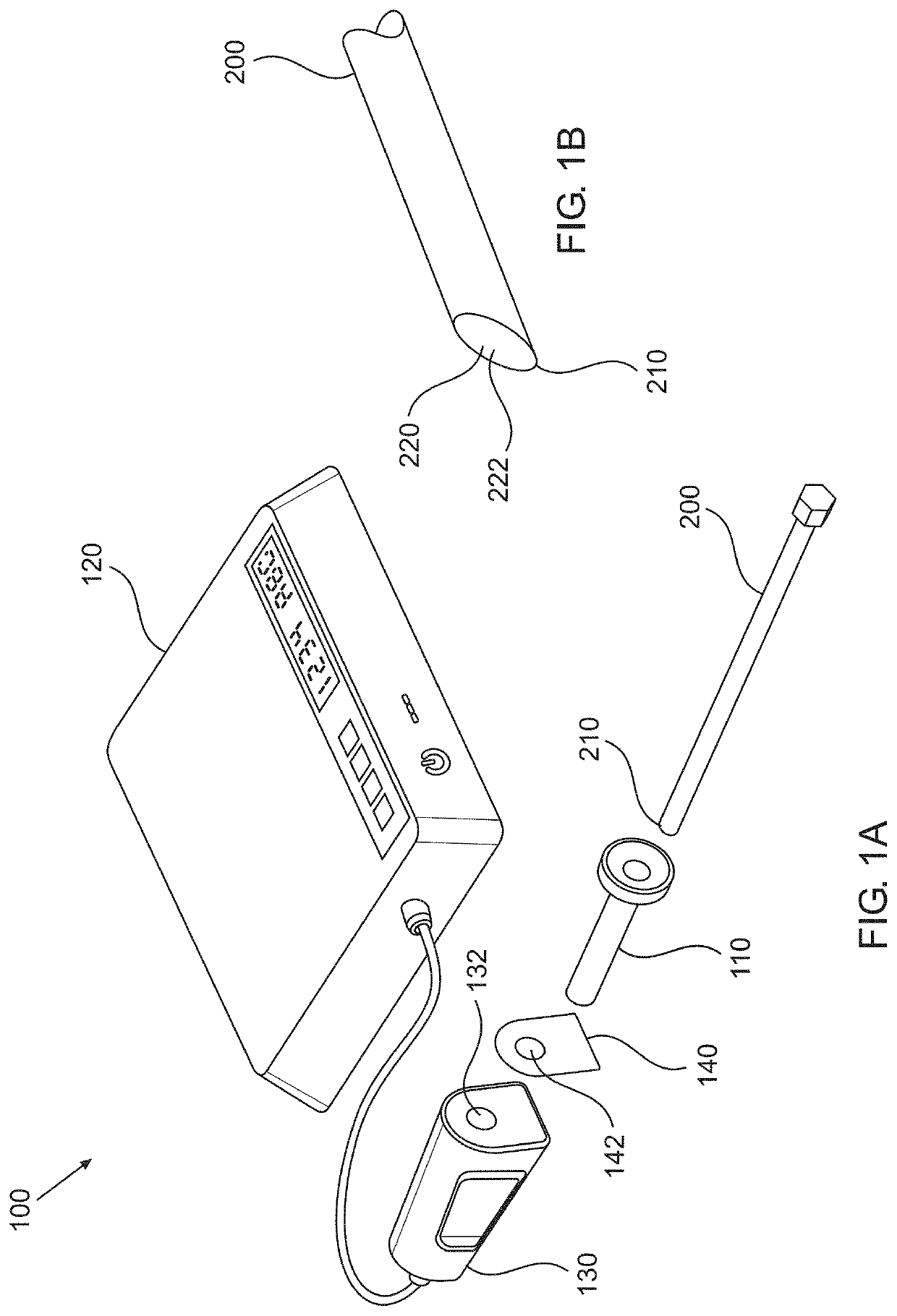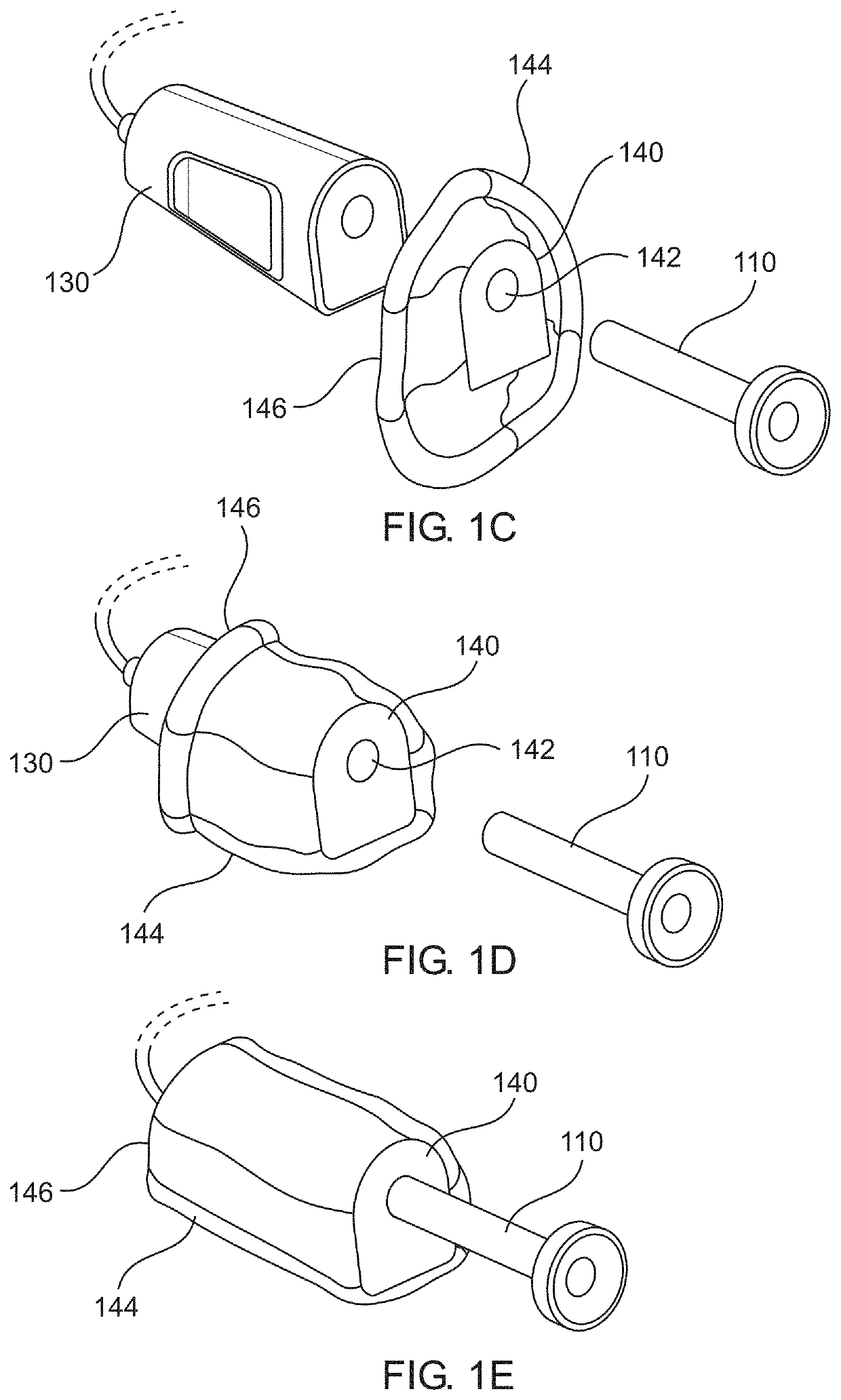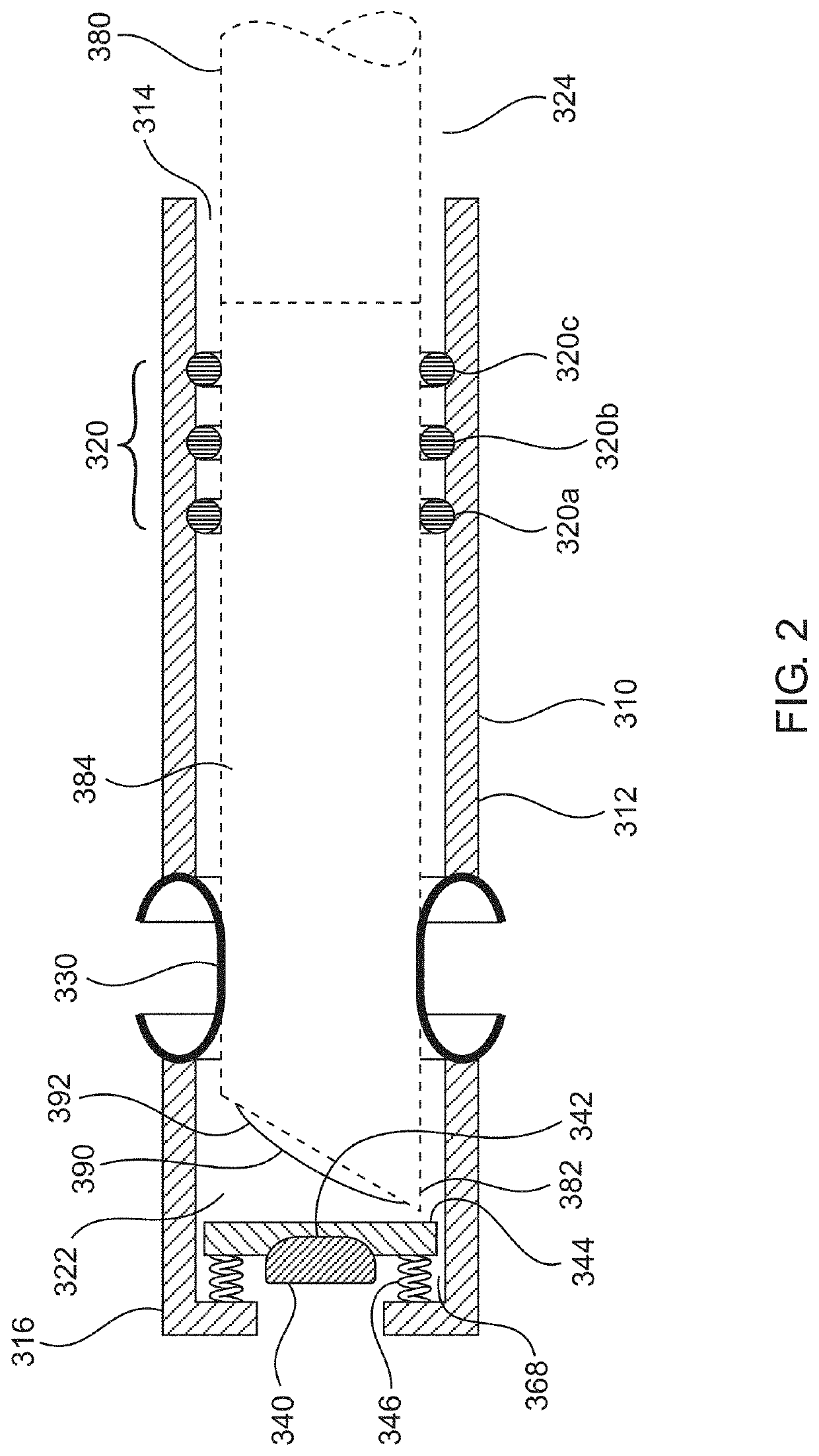Preventing fog on a medical device viewport
a medical device and viewport technology, applied in the field of viewports, can solve the problems of less than optimal, worse extraction of medical devices from patients' bodies for cleaning, and prolonging the procedure time, so as to prevent the obtaining of sharp images, improve hydrophilicity, and improve the effect of optical quality
- Summary
- Abstract
- Description
- Claims
- Application Information
AI Technical Summary
Benefits of technology
Problems solved by technology
Method used
Image
Examples
Embodiment Construction
[0040]The principles, uses and implementations of the teachings herein may be better understood with reference to the accompanying description and figures. Upon perusal of the description and figures present herein, one skilled in the art is able to implement the teachings herein without undue effort or experimentation. In the figures, like reference numerals refer to like parts throughout.
[0041]FIG. 1A schematically depicts an apparatus 100, according to an aspect of some embodiments, for preparing a medical device 200 such as an endoscope, to a medical procedure. Medical device 200 comprises a distal end 210, schematically depicted also in FIG. 1B. Distal end 210 comprises a viewport 220 configured to enable collecting an image of the surroundings of the viewport. Viewport 220 may be in some embodiments a transparent sheet such as a window or a lens, of material such as glass or quartz, or plastic such as Perspex, thereby allowing light from the outside of the medical device 200 t...
PUM
| Property | Measurement | Unit |
|---|---|---|
| surface tension | aaaaa | aaaaa |
| surface tension | aaaaa | aaaaa |
| surface tension | aaaaa | aaaaa |
Abstract
Description
Claims
Application Information
 Login to View More
Login to View More - R&D
- Intellectual Property
- Life Sciences
- Materials
- Tech Scout
- Unparalleled Data Quality
- Higher Quality Content
- 60% Fewer Hallucinations
Browse by: Latest US Patents, China's latest patents, Technical Efficacy Thesaurus, Application Domain, Technology Topic, Popular Technical Reports.
© 2025 PatSnap. All rights reserved.Legal|Privacy policy|Modern Slavery Act Transparency Statement|Sitemap|About US| Contact US: help@patsnap.com



